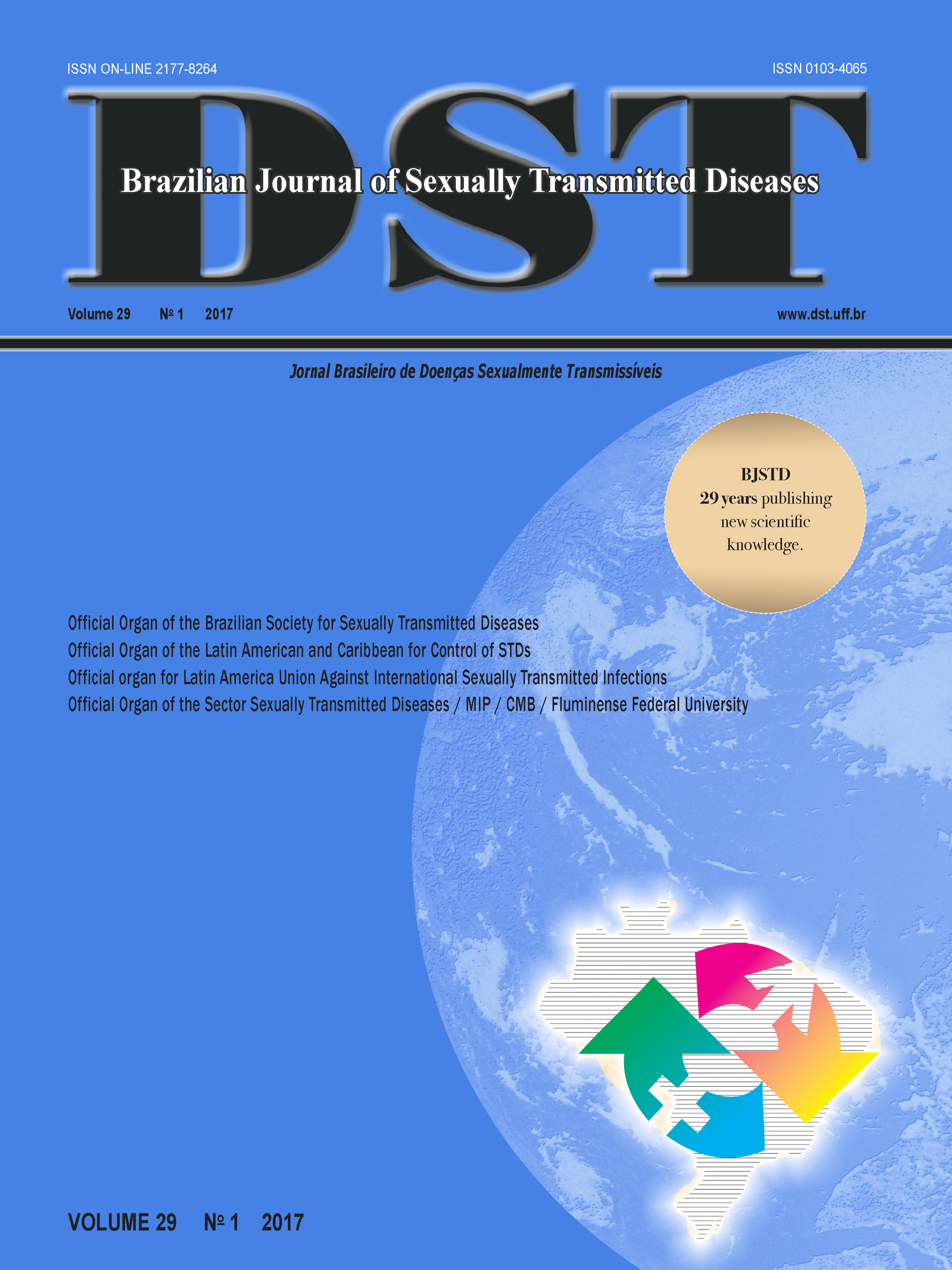Analysis of congenital syphilis cases notification in a reference hospital of Niterói, Rio de Janeiro State, from 2008 to 2015
Keywords:
syphilis, congenital, notice, Epidemiological Surveillance, epidemiologyAbstract
Introduction: Congenital Syphilis (CS) is a serious public health problem in Brazil, causing death and other perinatal complications, and it is a good indicator of the quality of prenatal care as well. Objective: To know the frequency of CS notification registered in Hospital Universitário Antonio Pedro (HUAP, a teaching hospital of Universidade Federal Fluminense in Niterói, State of Rio de Janeiro), and to analyze a number of data of the Compulsory Notification of Infection Diseases (CNID) reports. Methods: Temporal retrospective study on the frequency of CS notifications in HUAP (Epidemiology Surveillance Department) during the period 2008–2015. Results: Fifty-six CNIDs were received. Data of CS diagnosis, treatment, symptoms and signs, among others, were analyzed. Four reports (4/56/7.14%) were not considered, as no minimum data for analysis were found. Fifty-two reports were analyzed for 8 years. Only 9 CNIDs (9/52/17.37%) were fully completed. The numbers of deliveries/CS/% in HUAP are as follows: 2008 (389/8/2.05%); 2009 (373/6/1.60%); 2010 (442/4/0.90%); 2011 (508/0/0%); 2012 (521/1/0.19%); 2013 (640/9/1.40%); 2014 (522/14/2.68%); 2015 (422/10/2.37%). The mother’s age: 6 pregnant women (11.5%) between 14 and 18 years, 25 (48.1%) between 19 and 25 years, 18 (34.6%) between 26 and 40 years, and 3 (5.8%) unknown age. Prenatal care: 10 pregnant women (19.2%) assisted in HUAP, 34 (65.4%), in basic health units of Niterói and other cities in the State, and 8 (15.4%) not assisted. The maternal syphilis diagnosis took place during the prenatal period in 37 (71.0%) cases, during delivery in 12 (23.0%) cases, and in the postnatal period in 3 (6.0%) cases. Only 11 partners (21.1%) were treated. Forty-eight (92.3%) neonates were properly treated. Cases evolution: 46 (88.5%) remained alive, 3 (5.8%) stillborn, 2 (3.8%) evolved to postpartum death, and 1 (1.9%) abortion. Conclusion: CNIDs notification and fulfilling are extremely important to understand CS cases, pregnant women control and prenatal evaluation. As far as Congenital Syphilis is concerned, we realize that the service notification in HUAP has enough space to move forward.












